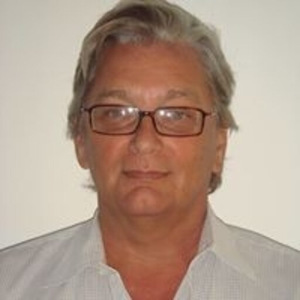Title : GHG production and effects on tropical agriculture: The case of Brazil.
Abstract:
he activity of atmospheric gases, especially greenhouse gases (GHG), as water vapor, carbonic gas, methane, nitrogen oxides, and ozone, became an object of study because of its increase in the atmosphere, causing a rise in air temperature, drought events, and others environmental stresses. In addition to carbonic gas, there was an increase in the emission of Volatile Organic Compounds (VOC) in the troposphere and nitrogen oxides, which generates ozone, toxic to all living beings. These phenomena occur especially during winter and spring with the increase in biomass burning in this dry season. This ozone produced at low altitudes reduces photosynthesis and yield of sensitive crops, like soybean and cotton, important Brazilian crops. Therefore, in tropical countries, the atmospheric concentration of carbonic gas, nitrogen oxides, VOCs, and thus, ozone too are increased by biomass burning during the dry season. The prevision of a substantial increase in the atmospheric concentration of carbonic gas during the next years will cause increase in photosynthesis and biomass of C3 plants, especially in woody and grasses species, in detriment to C4 plants. However, this increase can be lower than predicted by studies carried under controlled conditions, as demonstrated by field results. It is more reduced by ozone produced simultaneously in the dry season, just before the most crucial cultivation of the year, at the rainy season. The large concentration of these GHG in the atmosphere will raise the air temperature and alters precipitation, and reduce the soil water content causing water stresses, which can annul the fertilization effect of carbonic gas, potentially extending the harmful impact of the ozone increase in the biosphere. However, these studies have been conducted in temperate regions, and little is known about the effects of carbonic gas and ozone on the metabolism of crop cultivars in tropical countries. In industrialized countries, the increase in ozone and carbonic gas is mainly due to fossil fuel burning, especially during summer. In tropical countries, like Brazil, the production of these gases occurs in the dry season (winter and spring), in the savannahs, the Cerrado ecosystem in Brazil, where the Brazilian agriculture is principally made. The GHG production is due to natural or anthropogenic biomass burning, and it will affect the crops during the rainy season when the crop has the year's maximal yield potential.


